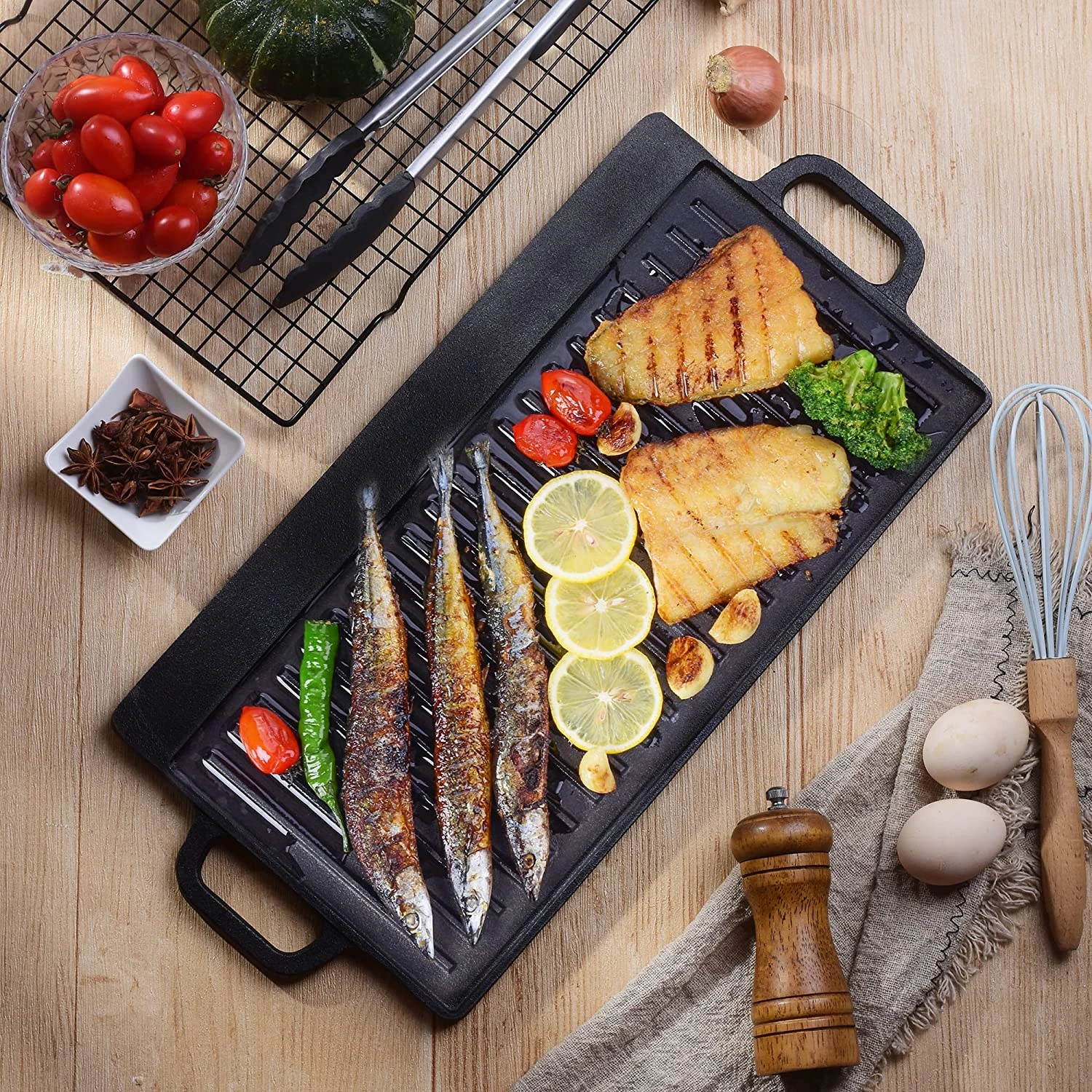
buy cast iron dutch oven
The Ultimate Guide to Buying a Cast Iron Dutch Oven
When it comes to versatile kitchen tools, few items can compete with the cast iron Dutch oven. This heavy-duty pot has been a staple in kitchens for generations, prized for its ability to evenly distribute heat and retain warmth. Whether you’re a novice home cook or a seasoned professional, investing in a quality cast iron Dutch oven can transform your culinary experience. In this guide, we’ll explore what to consider when buying one and some recommendations to help you choose the perfect pot.
Why Choose a Cast Iron Dutch Oven?
One of the main appeals of a cast iron Dutch oven is its durability. With proper care, these pots can last a lifetime—if not longer. Unlike non-stick cookware, cast iron develops a natural non-stick surface over time, especially when seasoned correctly. This means you can use it for everything from frying and braising to baking and slow-cooking. The heat retention properties of cast iron allow for even cooking, making it ideal for dishes that require a long simmer, such as stews and soups.
Key Features to Consider
1. Material While traditional Dutch ovens are made from cast iron, they may come with an enamel coating. Enameled Dutch ovens offer the benefits of cast iron without the need for seasoning. They are often easier to clean and come in a variety of colors. However, non-enamel varieties are generally more versatile for high-heat cooking methods.
2. Size Dutch ovens come in a range of sizes, typically measured in quarts. A 5 to 7-quart Dutch oven is suitable for most family meals, while smaller sizes are great for side dishes or cooking for one. Consider your typical serving size, and choose a pot that fits your cooking needs.
buy cast iron dutch oven

3. Weight Cast iron Dutch ovens are heavy, which can be a factor in ease of use. Ensure you’re comfortable lifting and maneuvering the pot, especially when it’s full. Some lighter alternatives are available, but note that they may not provide the same heat retention.
4. Lid A tight-fitting lid is crucial for effective cooking. It traps moisture, allowing foods to braise or stew properly. Look for a Dutch oven with a lid that fits snugly and a sturdy handle that can withstand high temperatures.
5. Brand Reputation Some brands have become synonymous with quality cast iron cookware. Renowned names such as Le Creuset, Staub, and Lodge offer a wide range of Dutch ovens. While higher-end brands come with a premium price, they often deliver exceptional performance and design.
Caring for Your Cast Iron Dutch Oven
To ensure your Dutch oven remains in top shape, proper care is essential. For enameled versions, a simple wash with mild soap and water is sufficient. Non-enameled cast iron requires seasoning—apply a thin layer of vegetable oil and bake it to create a protective layer. Remember to avoid soaking your cast iron in water, as this can lead to rust.
Conclusion
In summary, the cast iron Dutch oven is a true workhorse in the kitchen, offering endless cooking possibilities. Whether you choose an enameled or traditional piece, ensure you consider the size, weight, and brand reputation when making your purchase. With a little care, your cast iron Dutch oven will not only serve you well for years but may also become a cherished family heirloom. Happy cooking!
-
Season Cast Iron Perfectly with GPT-4 Turbo TipsNewsAug.01,2025
-
High Quality Cast Iron Cookware - Baixiang County Zhongda MachineryNewsAug.01,2025
-
Premium Cast Iron Pan: Durable & Perfect HeatNewsAug.01,2025
-
High Quality Kitchen Durable Black Round Cast Iron Cookware Pancake Crepe Pan-Baixiang County Zhongda Machinery Manufacturing Co., Ltd.NewsAug.01,2025
-
Cast Iron Cookware - Baixiang County Zhongda Machinery | Nonstick, Heat ResistanceNewsAug.01,2025
-
High Quality Kitchen Durable Black Round Cast Iron Cookware - Baixiang County Zhongda Machinery | Non-Stick, Heat Retention, DurableNewsJul.31,2025


